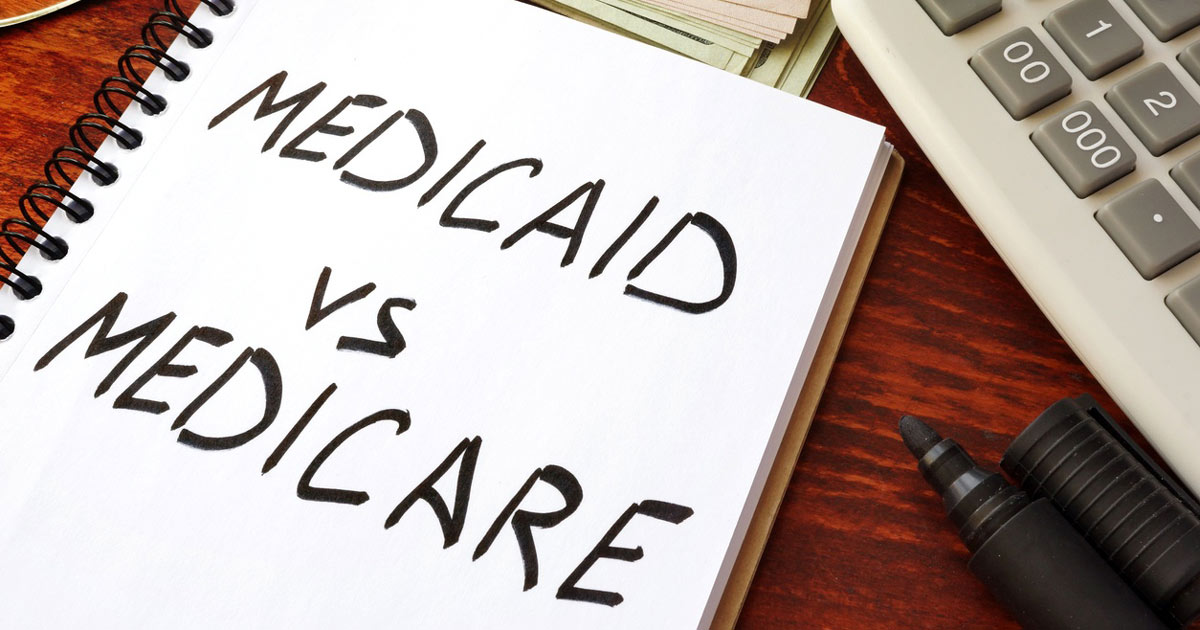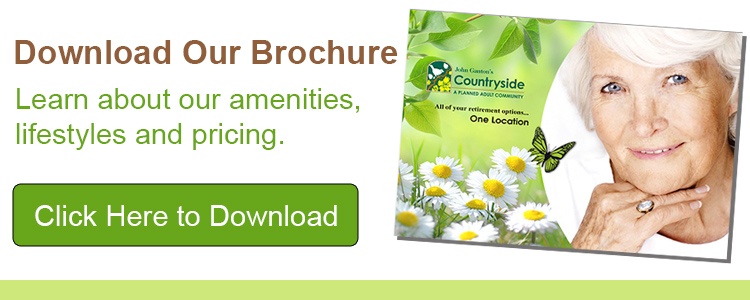Insurance and health care in general can be very confusing. One of the most baffling things to many is the difference between Medicare and Medicaid. With names that sound similar and purposes that are similar, it’s not surprising that we mix them up, or just don’t know how they differ. Here are three things to know about the differences between Medicare and Medicaid to help clarify how they might be right for you.
Medicare Vs. Medicaid
-
Both programs are designed to help people pay for medical care, but each is intended to assist people of different need and eligibility, although there are some cross-over areas.
Medicare is a federal medical insurance and prescription drug coverage program that working people pay into (much like Social Security). It becomes available to everyone who paid in at age 65, regardless of income, although younger people may be able to use it if they are disabled or require dialysis or kidney transplant for End Stage Renal Disease.
Medicaid is a state-federal medical assistance program for low-income people of any age (along the lines of food stamps), including the disabled, pregnant women, the elderly, and families and children who meet certain eligibility requirements.
-
Medicare and Medicaid have very different coverage options.
Medicare has three main parts:
Part A is hospital insurance for inpatient, skilled nursing, hospice and some home health care.
Part B is Medicare insurance for certain physician services, outpatient care, medical supplies and preventative health care services.
Part D is prescription drug coverage which can be added to different Medicare plans such as original Medicare, Medicare Medical Savings Account Plans, and some Medicare Cost Plans and Fee-for Service Plans.
If you’re wondering why there’s no Medicare Part C, there is, it’s just not called that. Instead it’s called Medicare Advantage which is a “bundled” package of Parts A and B and usually D.
Medicaid in Michigan has many programs, each with defined benefits including:
Medicaid providing complete health care to eligible low-income people of all ages.
Healthy Michigan Plan covering people ages 19-64 with incomes at or below 133 percent of the federal poverty level.
MIChild covering people 0-19 years of age with no other comprehensive health insurance.
MIHealth Link covering adults ages 21 and over who are enrolled in both Medicare and Medicaid and who live in the Upper Peninsula and certain counties in lower Michigan.
Healthy Kids/Healthy Kids Dental covering pregnant women and children age 19 under.
Health Care Coverage for People Impacted by Flint Water covers children age 21 and under and pregnant women with incomes of 400 percent or less of the federal poverty level.
-
The out-of-pocket costs for Medicare and Medicaid vary greatly.
Although there are many variations within the coverage and eligibility requirements that influence the cost of both Medicare and Medicaid, here are some of the basic determining factors for each.
Medicare Part A is available at no cost to any citizen or permanent resident age 65 or older who worked (or whose spouse worked) and paid Medicare taxes for at least 10 years. In addition, people under age 65 can get Part A at no cost if they have been eligible for Social Security or Railroad Retirement Board disability benefits for 24 months, or if they have Lou Gehrig’s disease or End Stage Renal disease and are on kidney dialysis or are a kidney transplant patient.
Medicare Part B costs everyone although those getting Social Security, Railroad Retirement Board disability benefits or Civil Service Retirement payments can have the premiums deducted from their accounts. All others must pay the quarterly premiums.
Medicare Part D prescription drug coverage costs are based on income (as shown in your tax returns) and may be deducted from your Social Security. Those with incomes above $85,000 must pay an income-related monthly adjustment amount in addition to their plan premium.
Medicaid programs are primarily only available to those who cannot afford to pay for services in the first place so there is usually little to no out-of-pocket costs or people may be eligible for subsidized costs. However, changes in age, income and health status can impact costs so it is important to reassess eligibility regularly.
For information about Countryside, please call Margaret Nagel at (517) 206-5000 or download our brochure to learn about our care levels, cost, and amenities.


